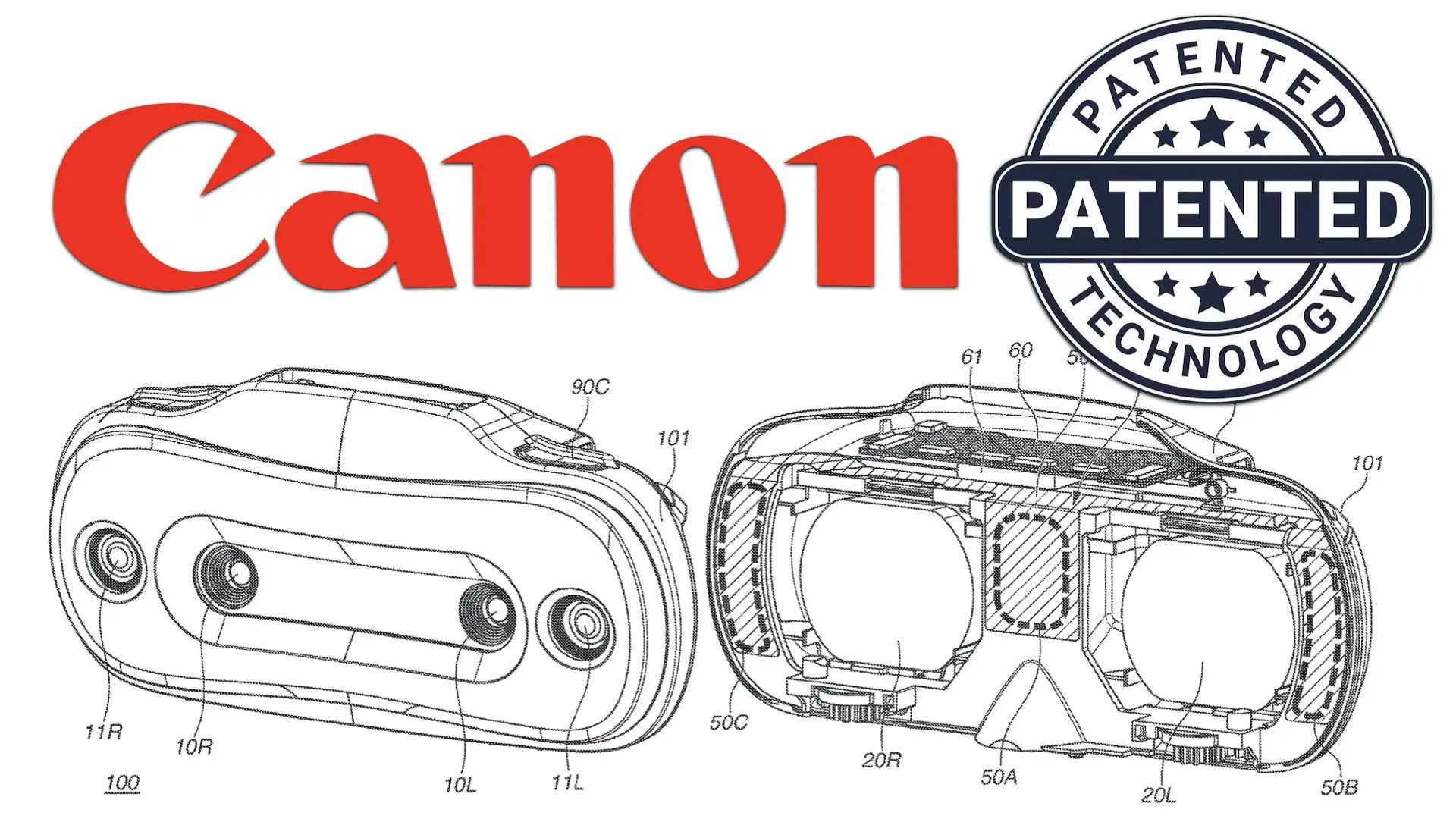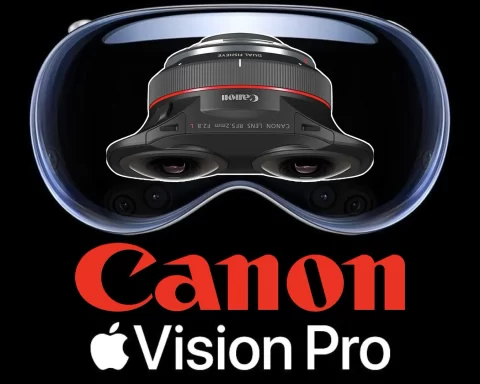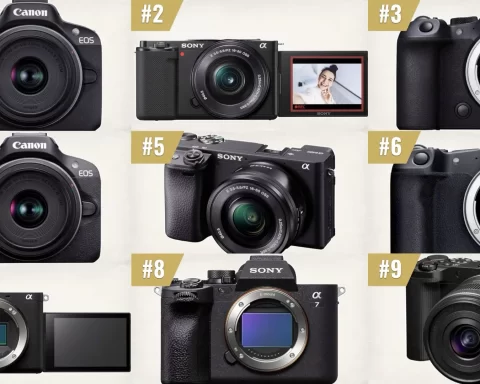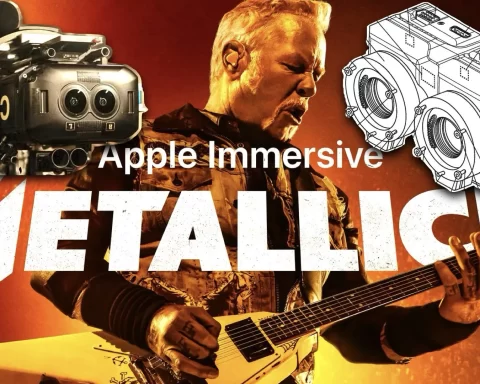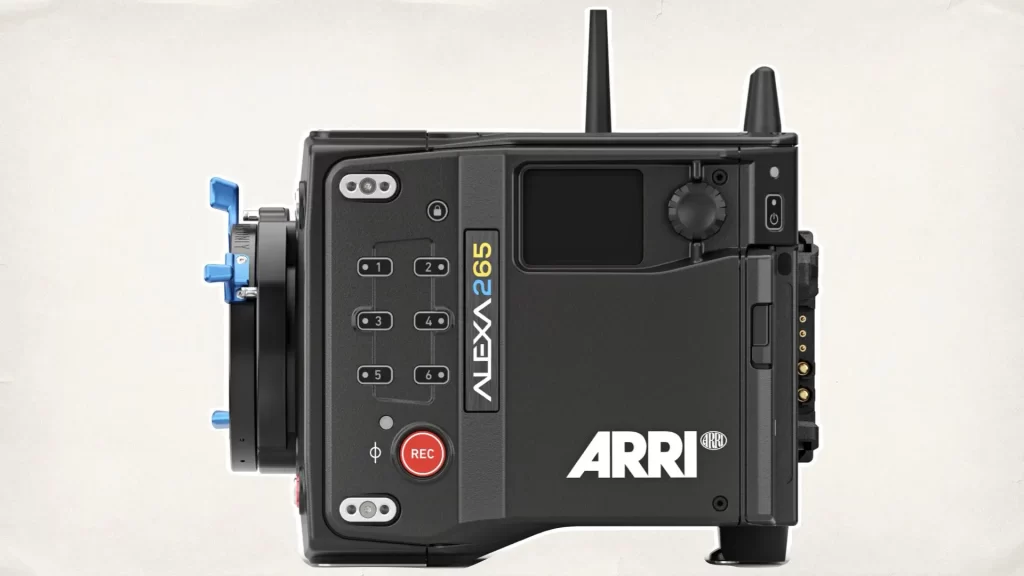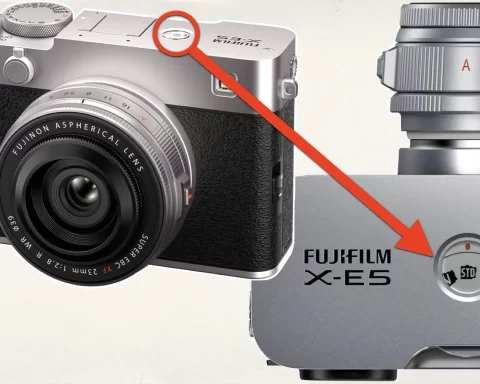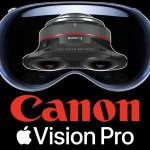Canon, a titan in the optics and imaging world, appears to be making a bold move into the AR/VR landscape, as outlined in its recent patent application US20230099286A1 (published today). While Apple Vision Pro sets its sights on delivering a luxury experience at a premium price, Canon’s approach seems poised to offer a mass-market alternative, leveraging its expertise in optics and its ecosystem of imaging products. This development could be a game-changer, addressing many of the criticisms leveled at the Vision Pro while carving out a unique niche for Canon in the immersive technology market.

Canon’s New Direction: Lightweight and Accessible AR/VR
Canon’s patent (see above slide) reveals a design for lightweight and compact VR/AR glasses with a focus on optical precision and user comfort. The system uses an advanced arrangement of lenses and displays to deliver high-quality imagery without the bulk often associated with headsets like the Vision Pro. This is where Canon’s expertise becomes its ace. Unlike Apple’s Vision Pro, which requires significant computational power for processing and interaction, Canon’s glasses seem to emphasize optics over computing, allowing for a potentially more affordable and widely adaptable solution. In contrast, the Apple Vision Pro, priced at $3,499, markets itself as a luxury mixed-reality headset, targeting a small audience of tech-savvy enthusiasts and professionals. However, as discussed in “Why Apple Has Failed with the Vision Pro,” Apple’s vision seems misaligned with what the masses truly need. This mismatch opens the door for Canon to provide an alternative that could be both practical and affordable, meeting the needs of a broader audience.
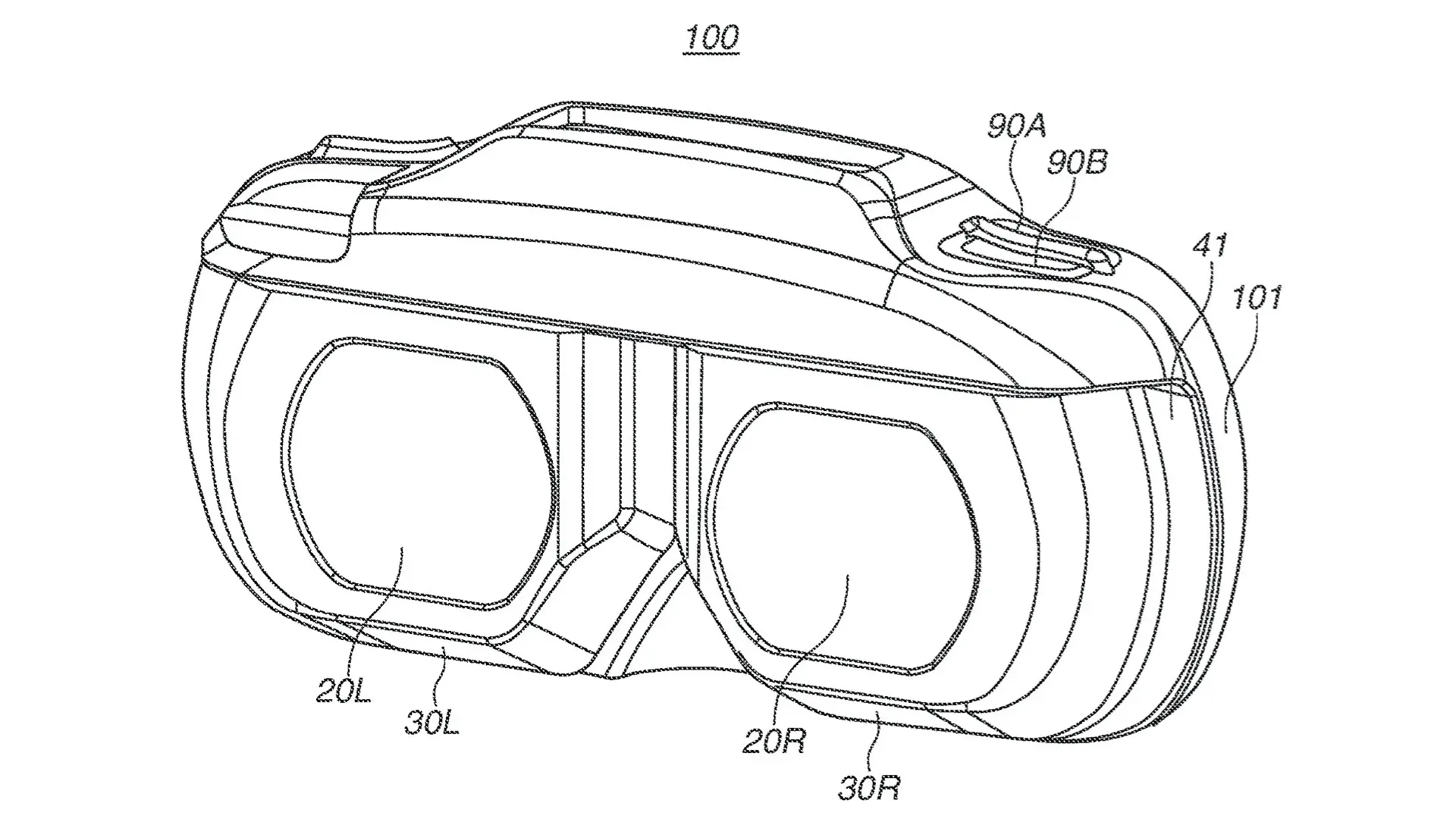
Canon’s Ecosystem Advantage
Canon’s potential to integrate its AR/VR glasses into its existing ecosystem sets it apart from Apple. While the Vision Pro struggles with limited utility beyond a standalone device, Canon’s offering could work seamlessly with:
- Cinema EOS Cameras: Imagine using AR glasses as live-view monitors during film production. Directors and cinematographers could visualize shots in real time, enhancing workflows on set.
- Interchangeable Lenses: By integrating to Canon’s lens catalog, the glasses could enable virtual previews of lens effects, making them an invaluable tool for filmmakers and photographers.
- Medical and Industrial Applications: Canon already has a foothold in precision optics for scientific and industrial uses. These glasses could enhance diagnostics, engineering, or even training simulations.
This integration gives Canon an edge in creating a practical, interconnected system of tools, making its glasses not just an entertainment device but a professional asset for creators.
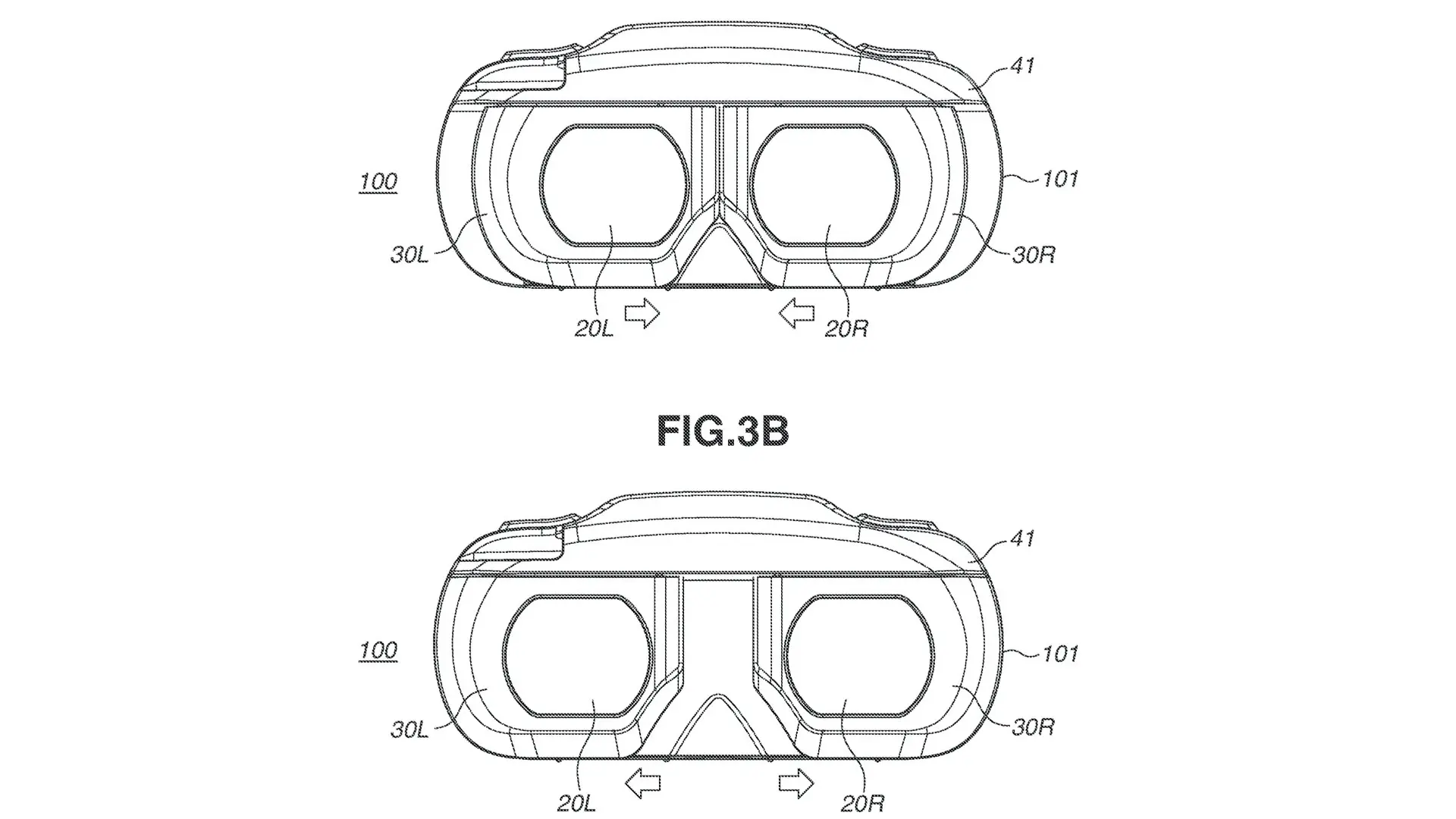
Learning from Apple’s Vision Pro Missteps
Apple’s Vision Pro has been met with both anticipation and skepticism. Critics have pointed out its steep price and limited scope for real-world applications, as highlighted in “Bloomberg: Apple Vision Pro’s Greatest Potential May Be Replacing the Mac and iPad.” The Vision Pro is marketed as a revolutionary device, yet it risks becoming another example of overpromising and underdelivering. Moreover, concerns about the health and cognitive impacts of prolonged use of immersive headsets, such as headaches, eye strain, and potential neurological effects, further dampen the enthusiasm. These risks were explored in “Researchers Warn Against Apple Vision Pro: May Cause Health and Cognitive Implications.” By focusing on ergonomic design and visual clarity, Canon’s glasses could sidestep many of these pitfalls. A simpler, less immersive approach might not only improve adoption but also mitigate the risks of “Zombieland-style detachment,” a phenomenon outlined in “An Opinion: Apple Has Just Invented Zombieland.”

Why Canon’s Approach Might Win
Canon is not competing directly with Apple’s Vision Pro but rather offering an alternative aimed at the masses. Here’s why it could succeed:
- Affordable Pricing: Canon’s focus on optics rather than heavy computing could significantly lower production costs, making the glasses accessible to a wider audience.
- Modular Functionality: Instead of being a standalone device, Canon’s glasses could act as an accessory to its existing product lineup, from cameras to medical imaging equipment.
- Professional Utility: Filmmakers, photographers, and other professionals could benefit from tailored features like virtual viewfinders and on-set AR tools.
- Mass Adoption Potential: With a simpler, less intimidating product, Canon has a better chance of gaining traction in consumer markets, especially if marketed effectively.

Room for Criticism: Is Canon Thinking Big Enough?
While Canon’s approach shows promise, there are risks. By prioritizing optical precision and a simpler feature set, Canon may fail to capture the “wow factor” that Apple Vision Pro delivers. The lack of advanced spatial computing capabilities could limit its appeal to users expecting futuristic experiences. Additionally, Canon’s success will hinge on the quality of its software and integration. Apple’s ecosystem is one of its greatest strengths, and Canon must deliver a seamless user experience to compete.

Conclusion: Optimism for Canon’s AR/VR Future
Canon’s foray into AR/VR, as evidenced by this patent, marks a strategic and exciting shift. By focusing on its strengths in optics and leveraging its ecosystem, Canon could become a major player in the AR/VR space, offering a practical and affordable alternative to Apple’s Vision Pro. As explored in “Can the Apple Vision Pro Be Utilized in Moviemaking?,” immersive devices have untapped potential in professional workflows. Canon’s glasses could unlock new possibilities for creators while avoiding many of the Vision Pro’s pitfalls. With the right execution, Canon might not only counterstrike Apple but also reshape the future of AR/VR for the masses.

